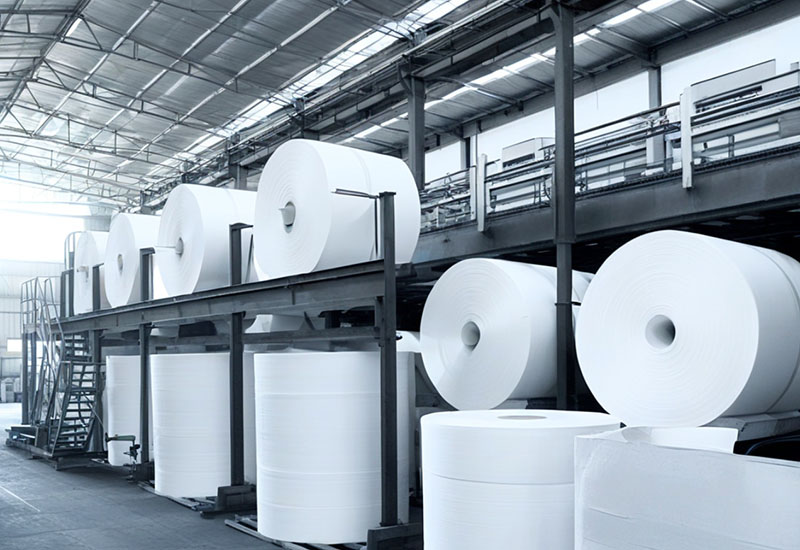How PSA Oxygen Generators Enhance Efficiency and Sustainability in Papermaking
ReturnWith the proliferation of internet and mobile devices, coupled with growing environmental awareness, the demand for paper has been gradually declining. However, in specific sectors such as packaging materials—especially those required for e-commerce—demand continues to rise. The paper industry is adapting to these shifts by adjusting product mixes and production strategies to align with evolving market needs.
Traditionally, papermaking consumed vast amounts of water and forest resources, generated chemical pollutants harmful to the environment and human health, and produced significant waste (e.g., organic byproducts from pulping). However, scientific oxygen utilization has been shown to improve three critical stages of papermaking, reducing environmental impact while boosting productivity.
1. Bleaching and Delignification
Using oxygen instead of chlorine or chlorine dioxide minimizes environmental harm and enhances safety. Oxygen-based delignification removes 40–50% of residual lignin from unbleached pulp, reducing reliance on harsh chemicals, lowering production costs, and improving process efficiency.
2. Deinking (Recycling)
Oxygen optimizes the flotation process during deinking, facilitating better separation of ink particles from paper fibers. This enhances the quality of recycled paper and expands the usability of post-consumer waste.
3. Wastewater Treatment
Paper mills generate large volumes of organic-rich wastewater. Injecting oxygen (via aeration or oxygenation) elevates dissolved oxygen levels, fostering aerobic microbial activity to break down organic matter. This reduces Biological Oxygen Demand (BOD) and Chemical Oxygen Demand (COD), effectively purifying wastewater before discharge and improving water quality.
These improvements enable papermakers to enhance product quality, streamline operations, and achieve greater economic and environmental sustainability. As a result, oxygen is becoming an indispensable resource in modern paper manufacturing.
Key Considerations for Oxygen Supply Systems
Paper mills must carefully evaluate oxygen supply methods based on:
● Process Requirements: Oxygen dosage and efficiency tailored to wastewater volume and composition.
● Cost-Benefit Analysis: Balancing installation, maintenance, and operational expenses.
● Environmental Impact: Prioritizing eco-friendly systems to comply with regulations and enhance brand reputation.
● Technical Compatibility: Ensuring integration with existing infrastructure to minimize retrofitting costs.
● Safety: Adherence to strict protocols, particularly when handling high-purity oxygen.
CAN GAS PSA Oxygen Systems
CAN GAS offers customized PSA oxygen solutions tailored to the paper industry’s needs. Through technical and economic assessments, our systems help mills:
● Reduce environmental footprints;
● Lower production costs;
● Boost efficiency and long-term sustainability.
By partnering with CAN GAS, paper manufacturers can harness the power of oxygen to drive innovation, compliance, and competitiveness in a rapidly evolving market.


